With rising low-cost competition and the need to improve their then-existing shopping flow, LATAM needed to offer an intuitive flight searching process and clearer fare comparisons to balance competitive pricing with premium options, as well as a simple and secure booking experience. This challenge coincided with its transition from Amadeus to SabreSonic, adding technical hurdles and a strict timeline.
A redesigned shopping and booking experience that simplified flight searches, fare comparisons, and ticket purchases. The new design prioritized clarity in presenting fare options and ensured integration with the SabreSonic system, providing intuitive layouts and improved accessibility to help users make informed decisions.
As a UX designer embedded within LATAM’s design team, I collaborated across all project phases. My contributions included product design, user research, interaction design and business analysis ensuring a seamless and informative booking experience aligned with the new reservation system.
We used an iterative, user-centered design process with usability testing and interviews to refine the experience. We optimized fare presentation for easy comparison, as long as redefinin. I also worked closely with technical teams to ensure compatibility with the new SabreSonic system.
The projects ultimately achieved the goals of unifying the previous LAN and TAM experiences under Sabre, increasing customer satisfaction with the fares distinctions and reducing customer service calls due to misunderstandings.
LOCATIONS: Santiago (Chile)
PROCESS, TECHNOLOGIES AND TECHNIQUES:Usability Testing User interviews A/B testing Interaction Design (Sketch) Paper prototypes and Invision click dummies Front-end development (HTML + CSS + JavaScript) Internationalisation Accessibility assessments
Project description
I have worked as as a UX designer with LATAM airlines for the duration of nearly one year, having spent that time directly with the client’s UX team and working directly with two project teams in their headquarters in Santiago, Chile.
The two projects were the shopping flow - searching for flights, presenting available options and all the required information and alternative views - and the booking flow, which involved capturing passenger information to proceed with booking their ticket.
Working directly within their design team also involved collaborating directly in all phases of UX design on those projects, from user research and interaction design to A/B testing and UX writing, collaborating directly with all roles involved in delivering the solutions.
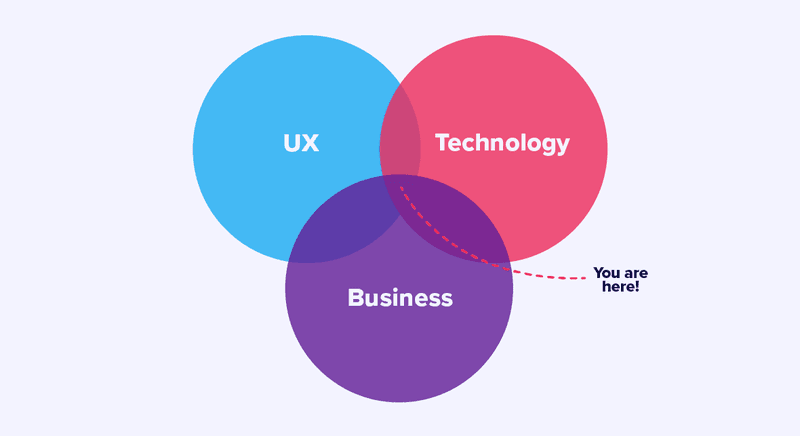
Processes
The project consisted of Discovery, Inception, Development and Delivery/Post-production phases.
We employed a traditional agile process when it came not only to the general product development, but also as part of the design process. I collaborated with a cluster of designers composed of interaction designers, UX content writers and researchers, all very focused on a handful of adjacent products related to the shopping and booking flows - from search and selection to booking and ancillaries like luggage, seats and meals. This helped us keep a consistent user flow across the process.
In terms of actual tasks, we would frequently start tackling specific challenges for features collaborating with Business Analysts, Tech Leads and Product Owners. Having gathered enough information and coming to a common understing on requirements, I liked to sketch basic interations on wireframes, paper prototypes or simpler click dummies to further validate concepts. After such validations, I would proceed to higher fidelity mockups using Sketch and Invision.
The Design System
There was a robust Design System that was fed upon by the several different design and development teams and well managed by a dedicated team. We frequently found existing components and interactions that fulfilled our design needs, but often times we created new ones in collaboration with the Design System team. Personally, I have both contributed to the Design System library with Sketch components, but I eventually also created components on the code, collaborating and following development processes (running front-end tests, with Continuous Integration).
Collaboration
Being a part of a multisciplinary team composed of developers, product managers, business analysts and QAs, all very familiar with the context of the product but approaching it from their own specialties and perspectives, we tried to leverage all that knowledge and collaborate as much as possible. One of the ways of collaborating was running sketching sessions in which everyone participated and we could get multiple ideas on how to solve problems.
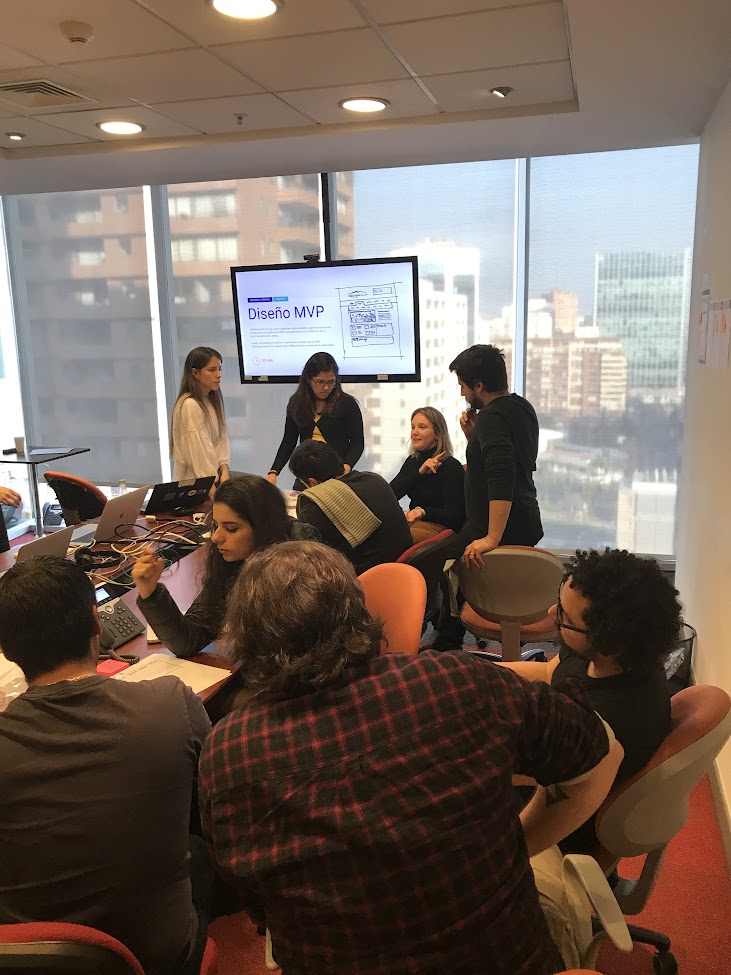
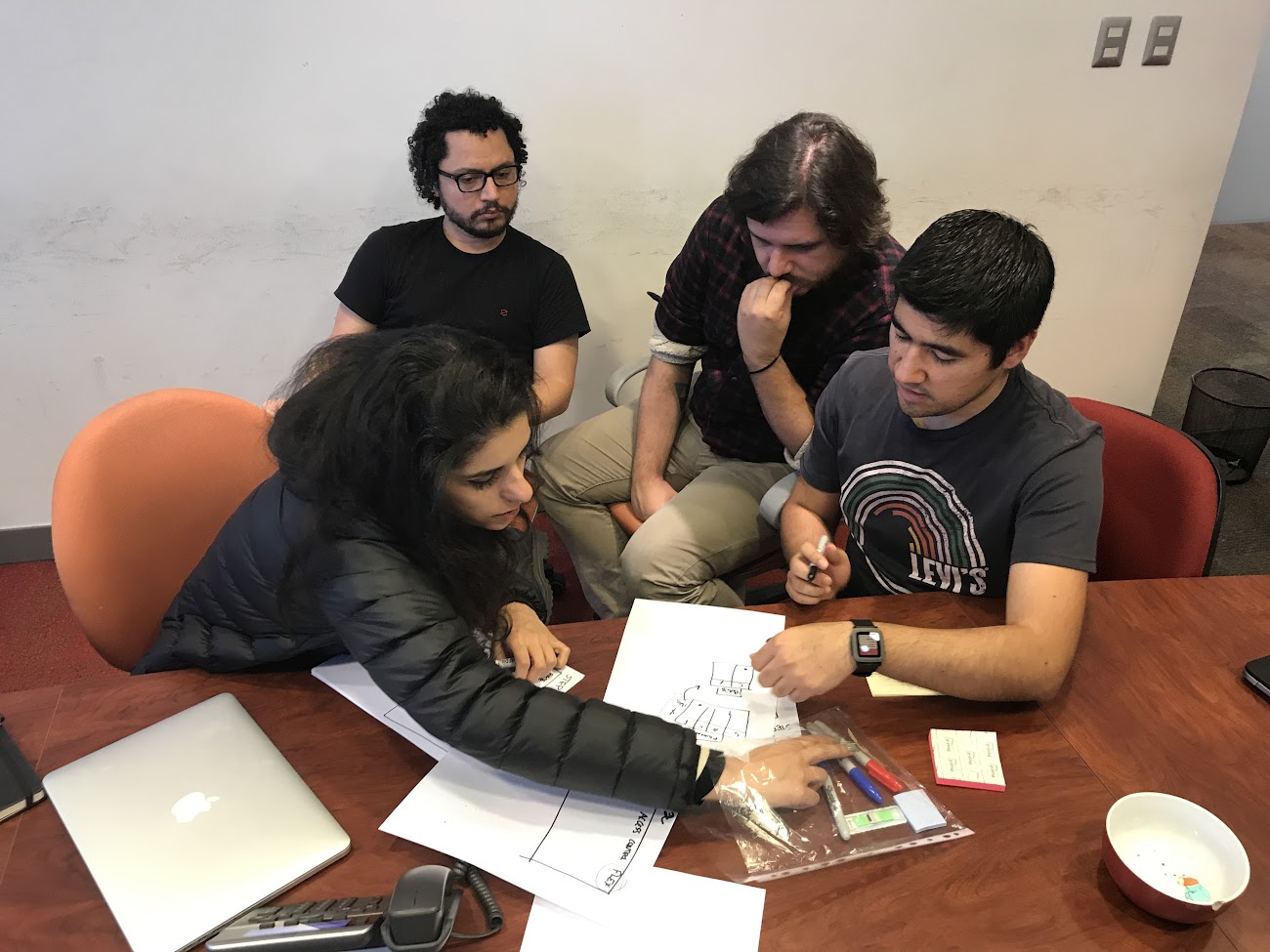
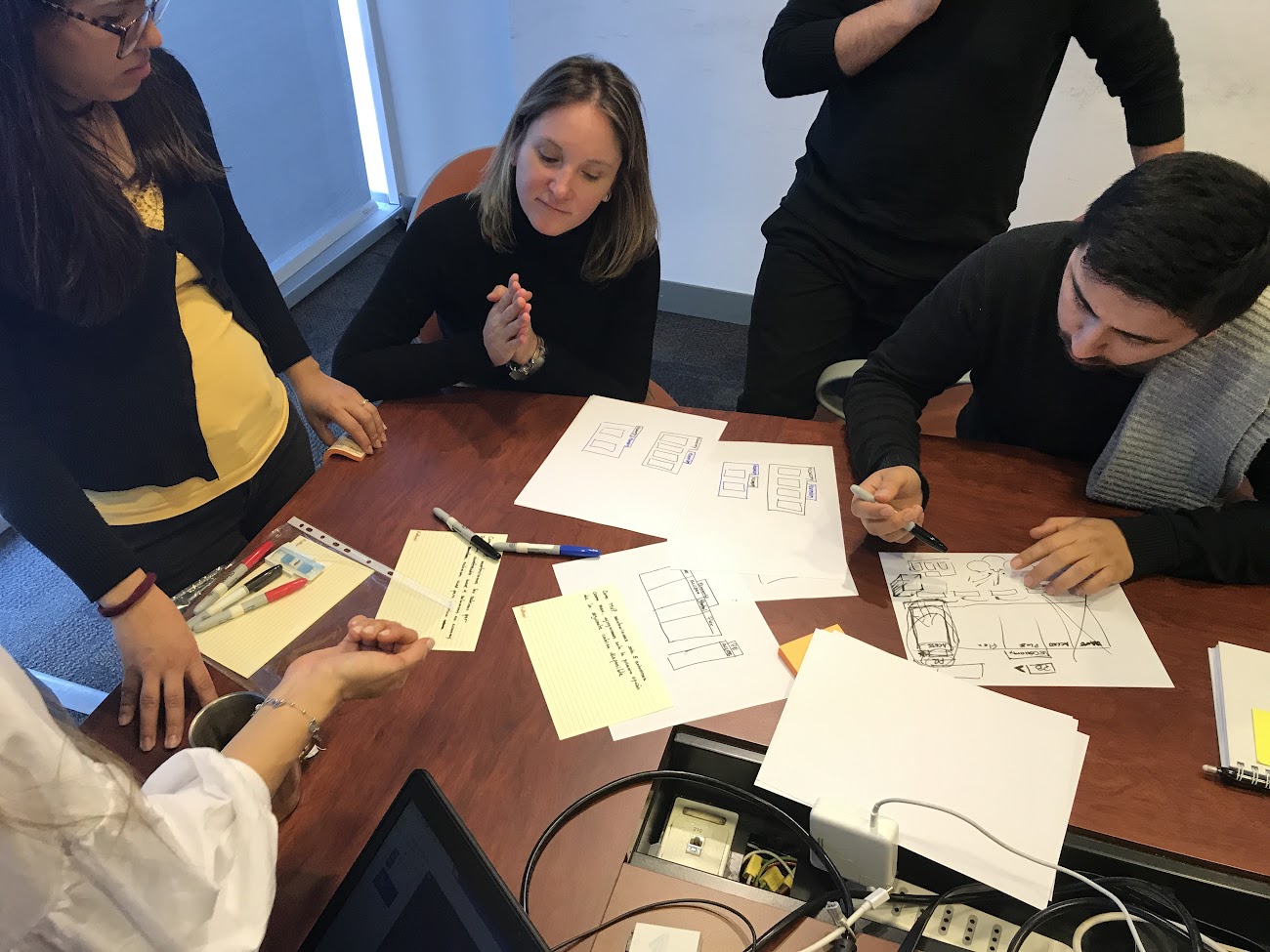
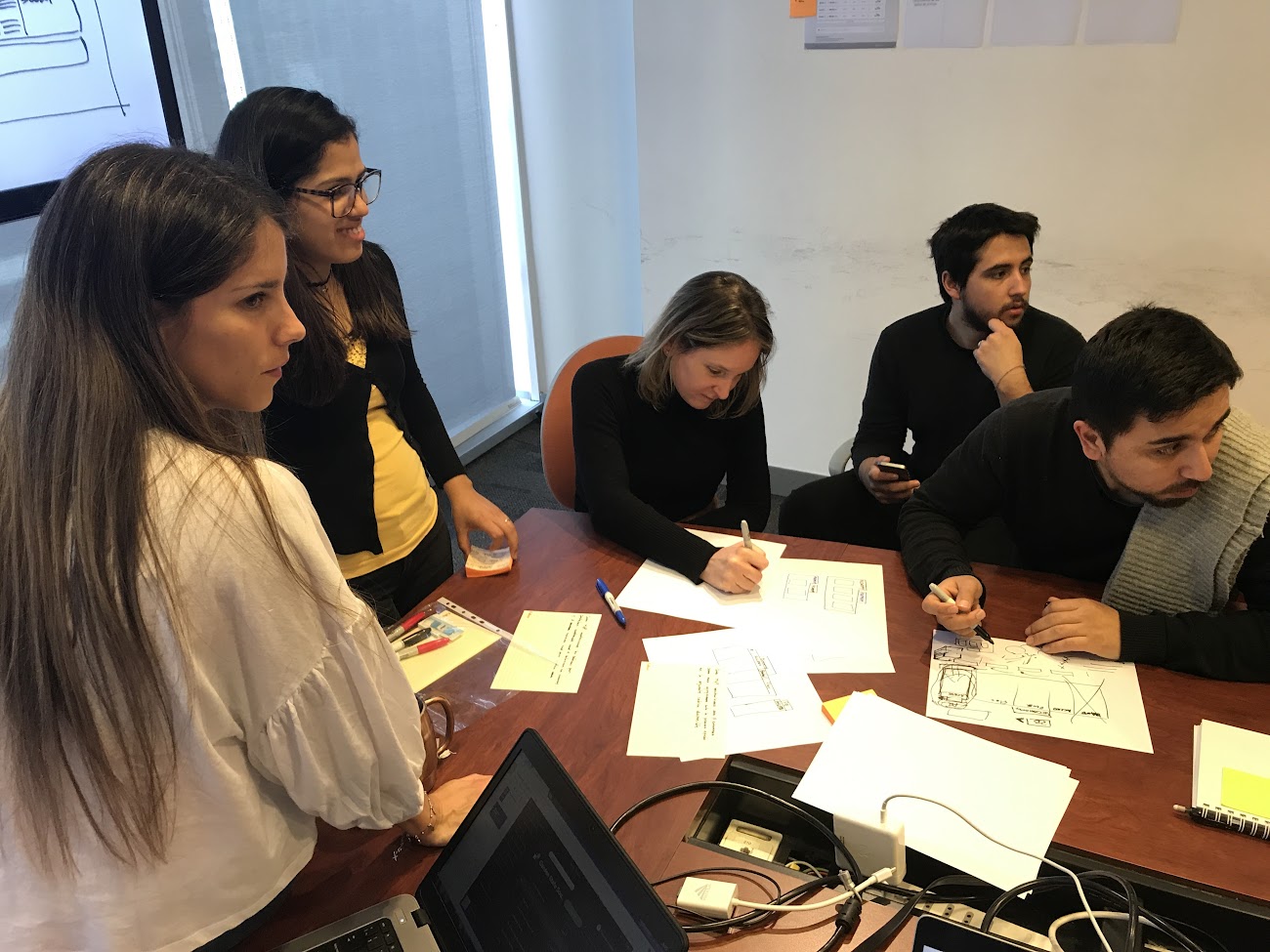
We have also made extensive use of design critiques and feedback sessions, bringing different options and alternatives early on for the development team - or the other designers in our squad - to provide us with their input. From time to time, we would hang those designs on the wall and leave them for a couple of days, allowing for people to randomly provide us feedback if they happen to have an insight during the day.
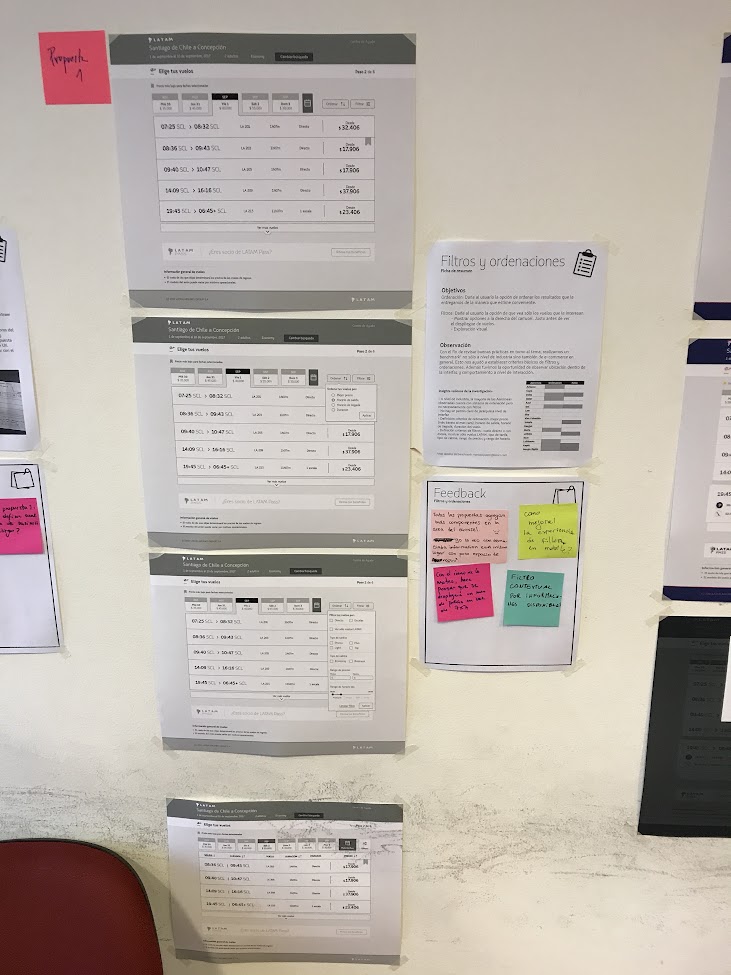
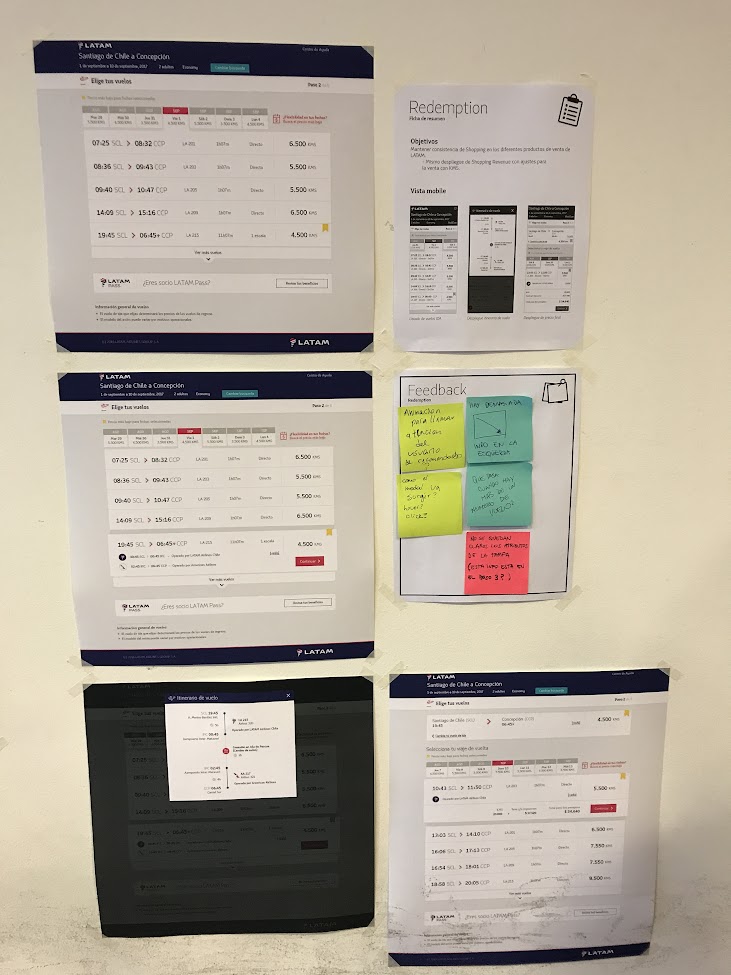
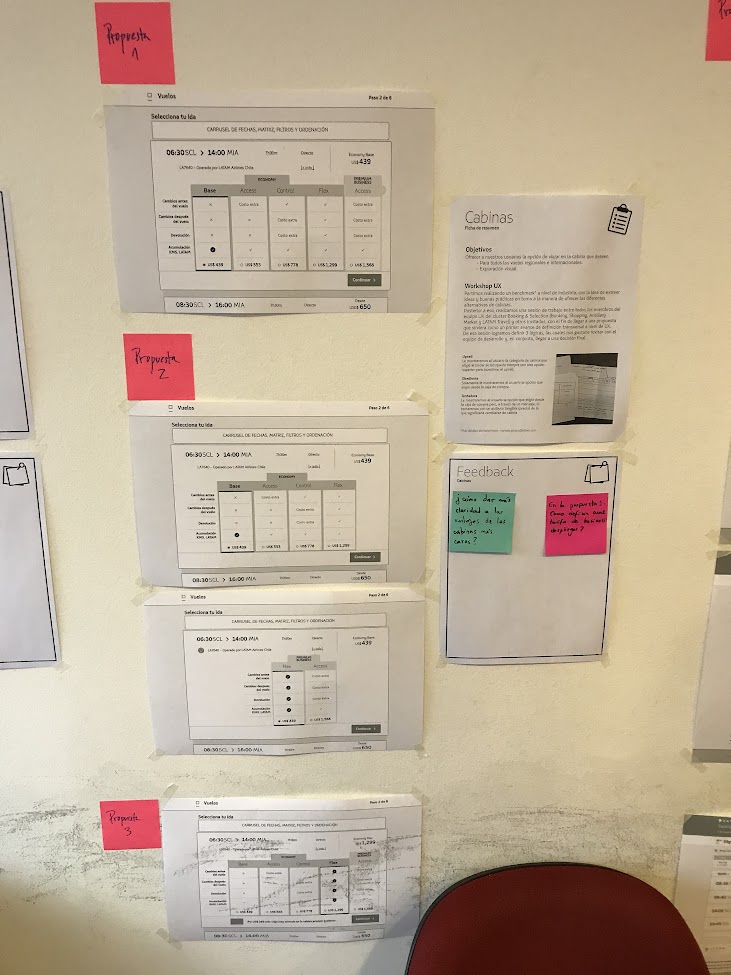
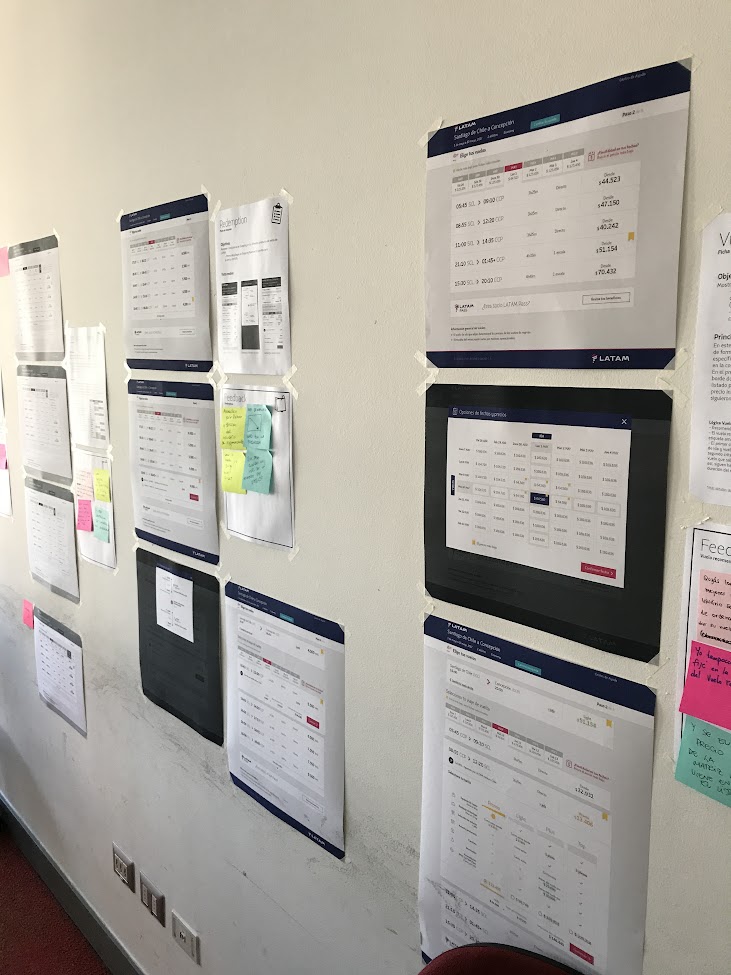
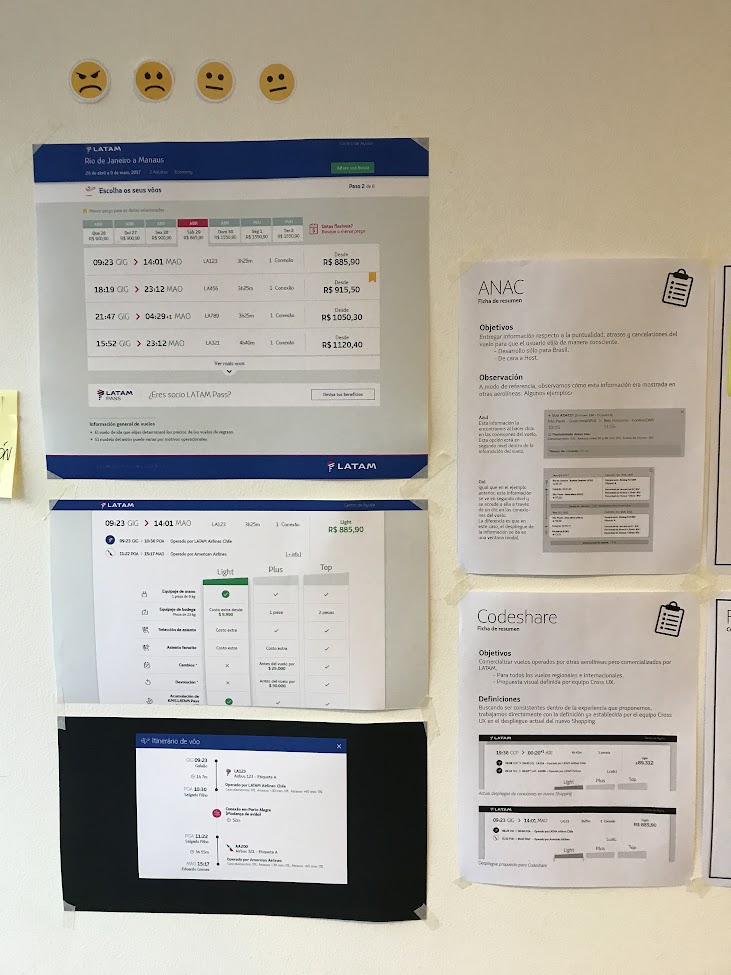
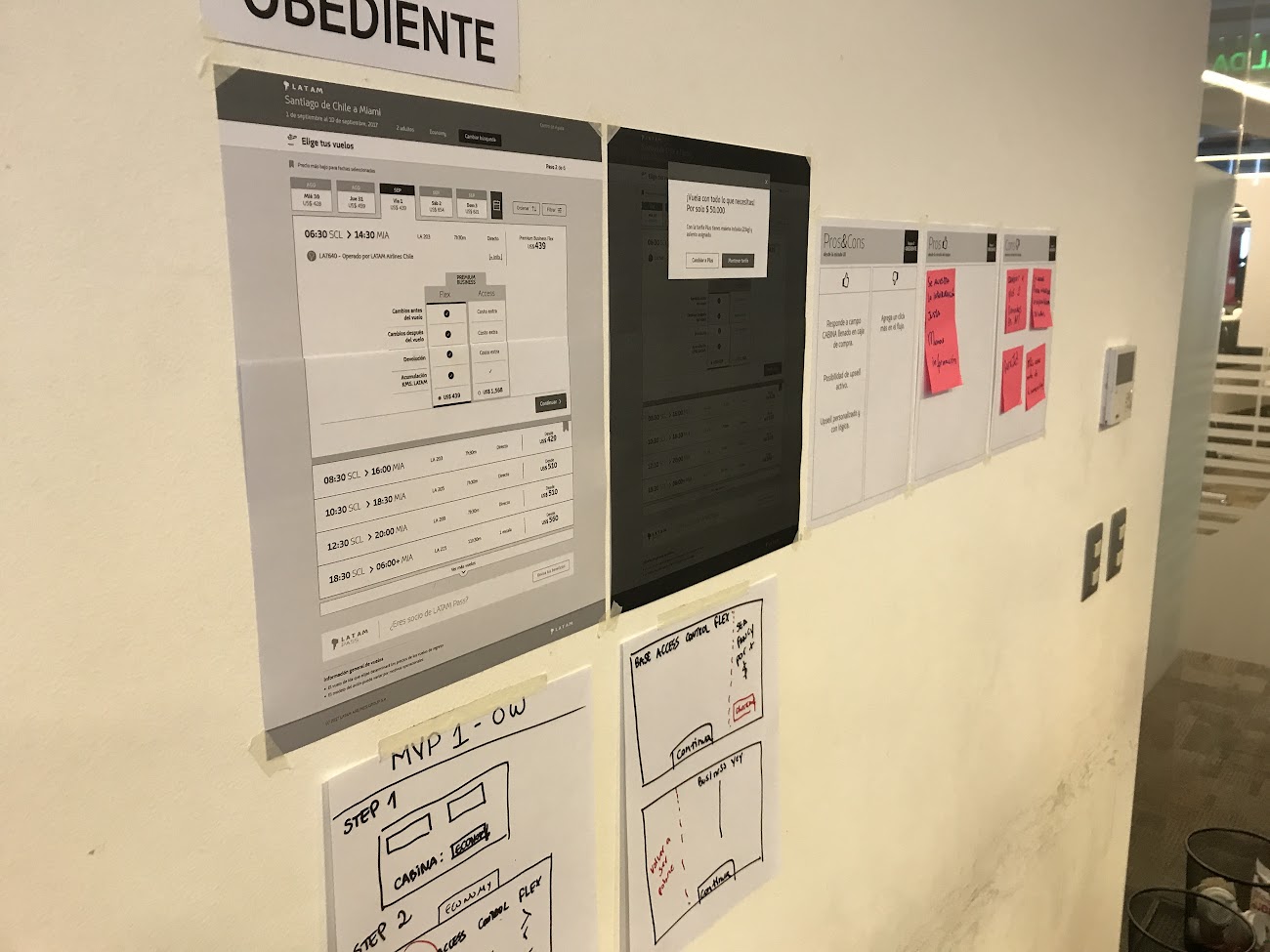
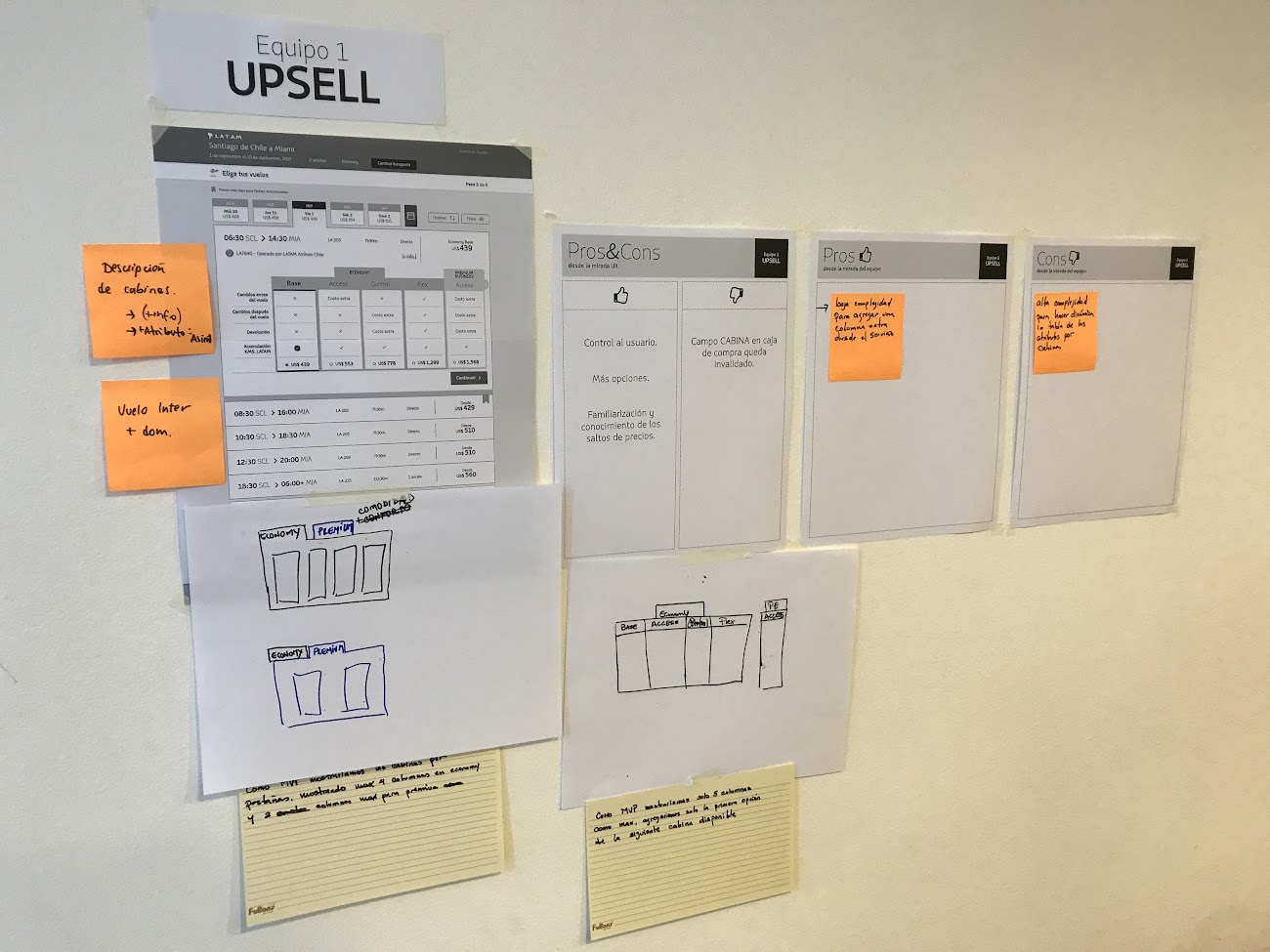


This approach not only brought us very valuable feedback and information that was previously unknown, but also created more transparency on the design process and a sense of ownership by the whole team, as they were effectively a part of the process.
Research and User Testing
Latam had a quite mature research practice and was well equipped for it. A dedicated team of researchers had a research lab available and great user recruiting processes.
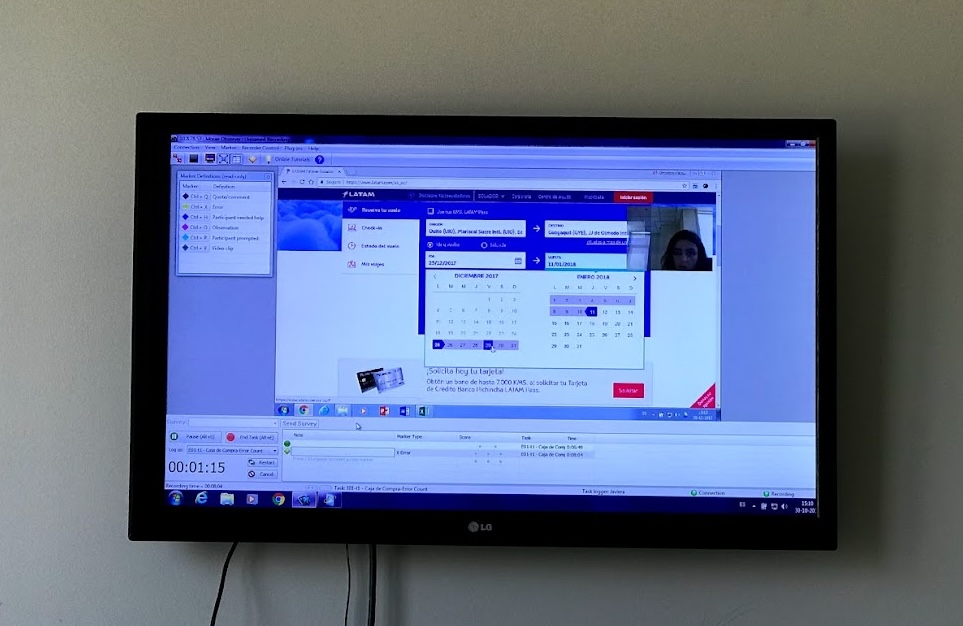
But we also conducted a ot of quicker, guerilla style research, too. We frequently used their recruiting capabilities to do so, but also found creative ways of recruiting, interviewing and testing. For example, by running interviews at the airports, inside boarding rooms, with actual passengers. We ran such interviews in the airport of Santiago de Chile and São Paulo, Brazil.
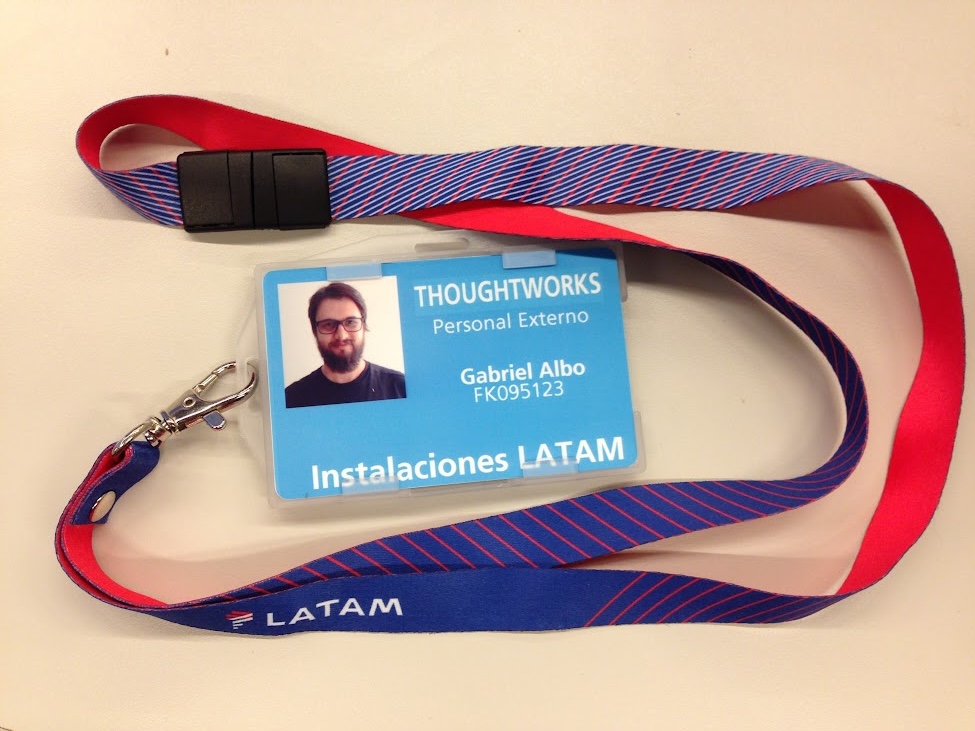
We were also able to make use of analytics and a mature structure of A/B testing when it came to deployment, which allowed us to test new features and progressively roll them out from a small percentage of users to the entire user base. We made use of those capabilities to also try smaller design changes, such as the placement of links (for example, for the matrix of flexible dates), and to learn more about our users behaviors.
Desktop Designs
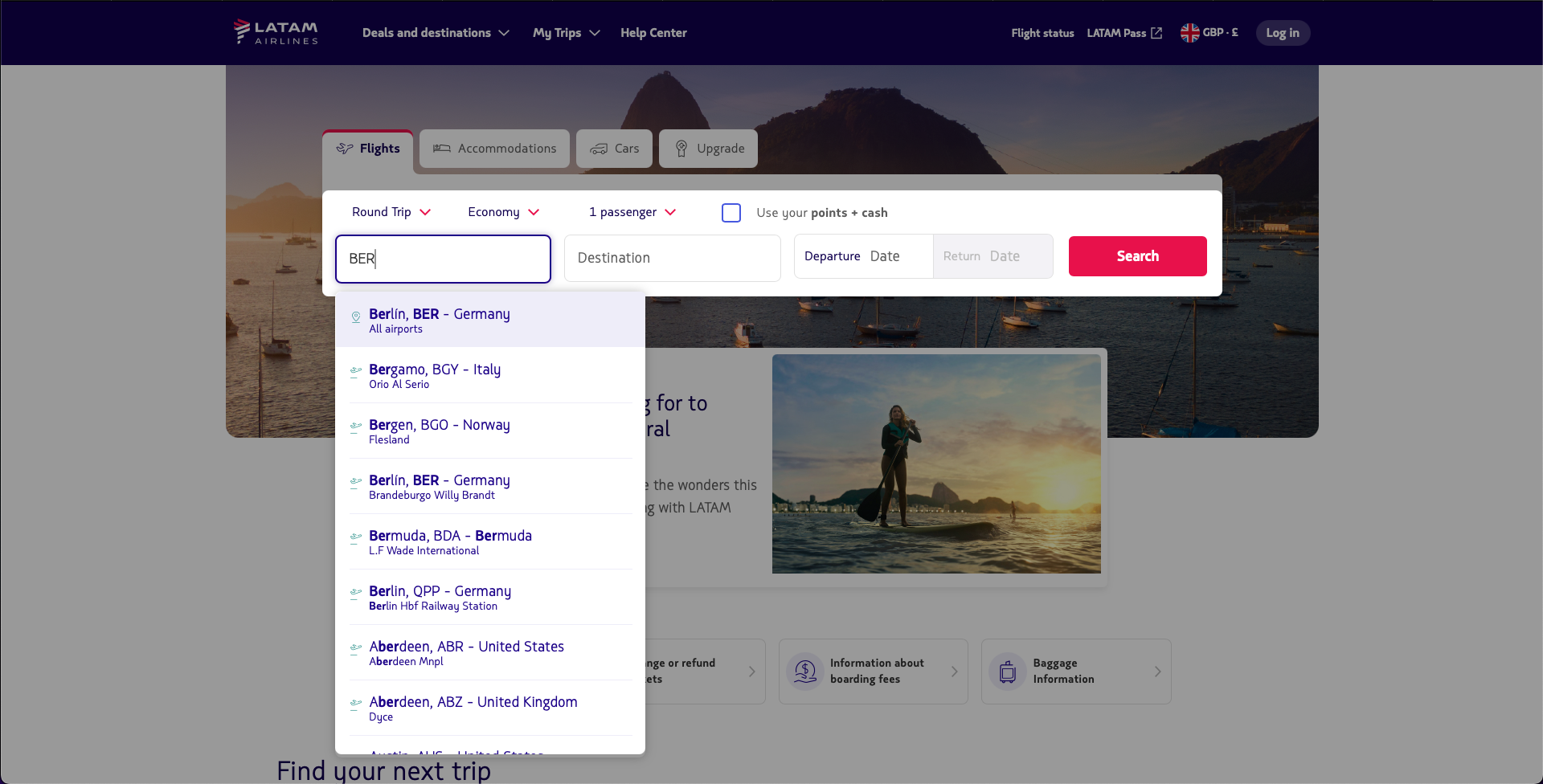
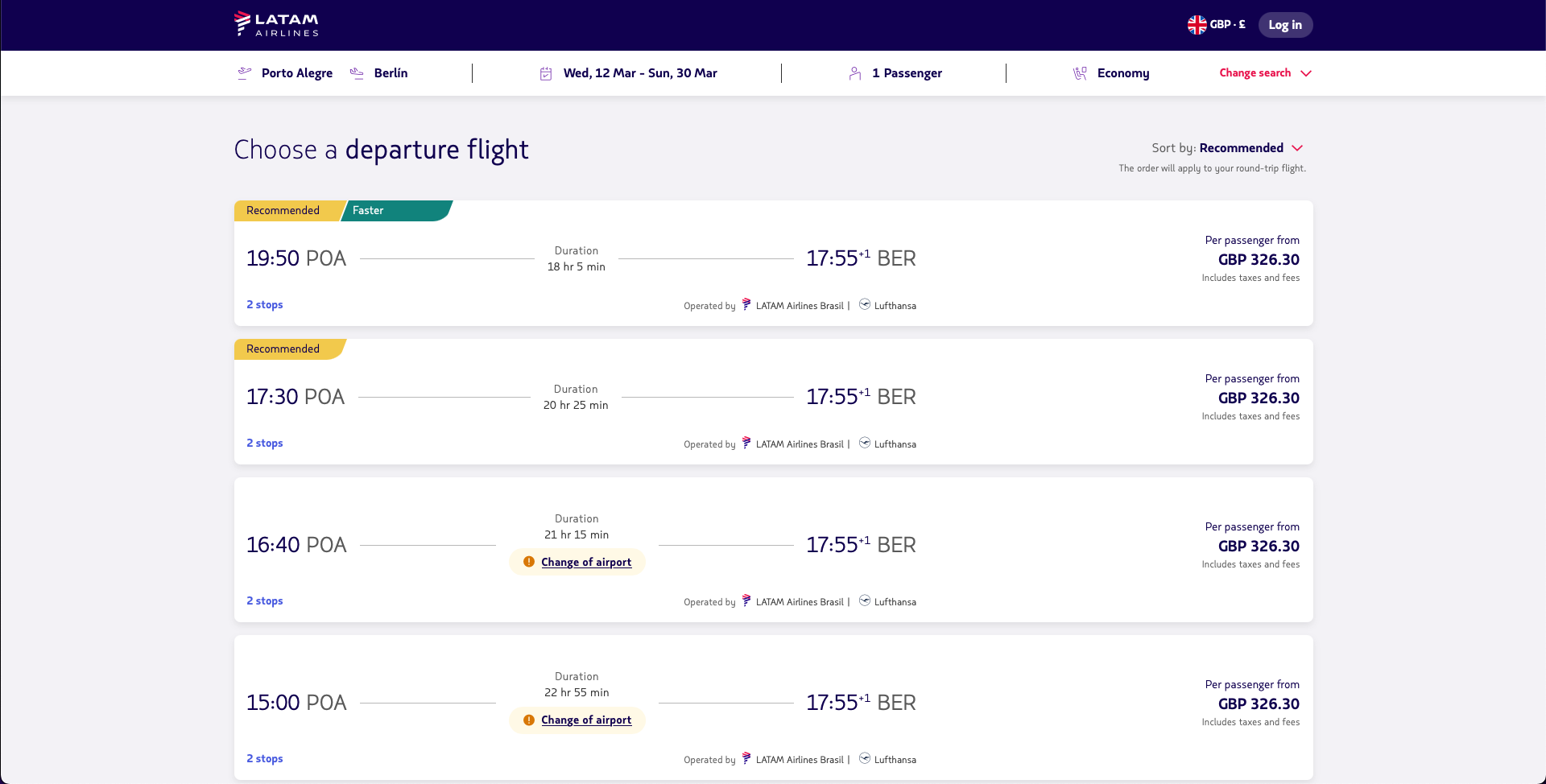
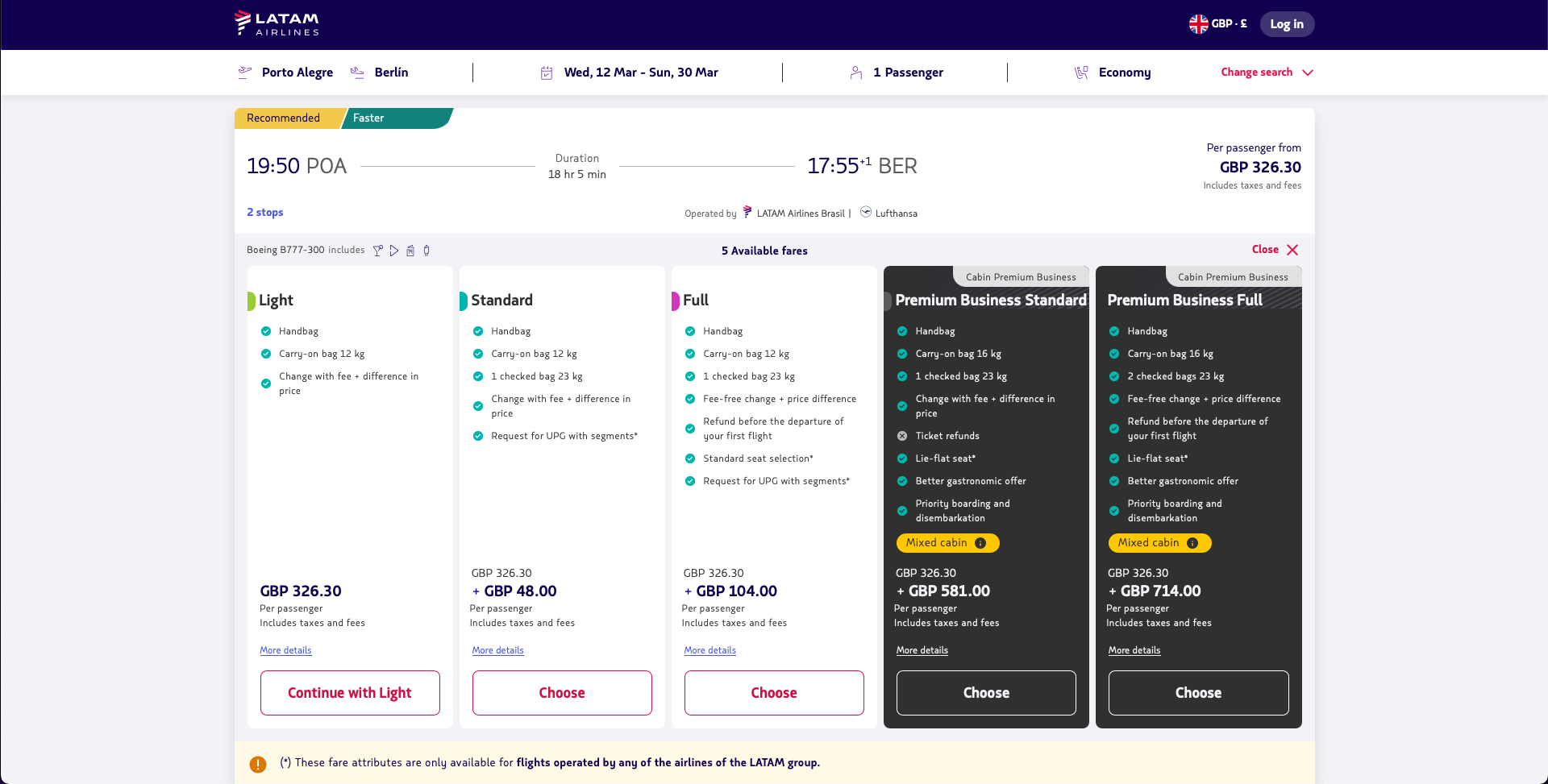
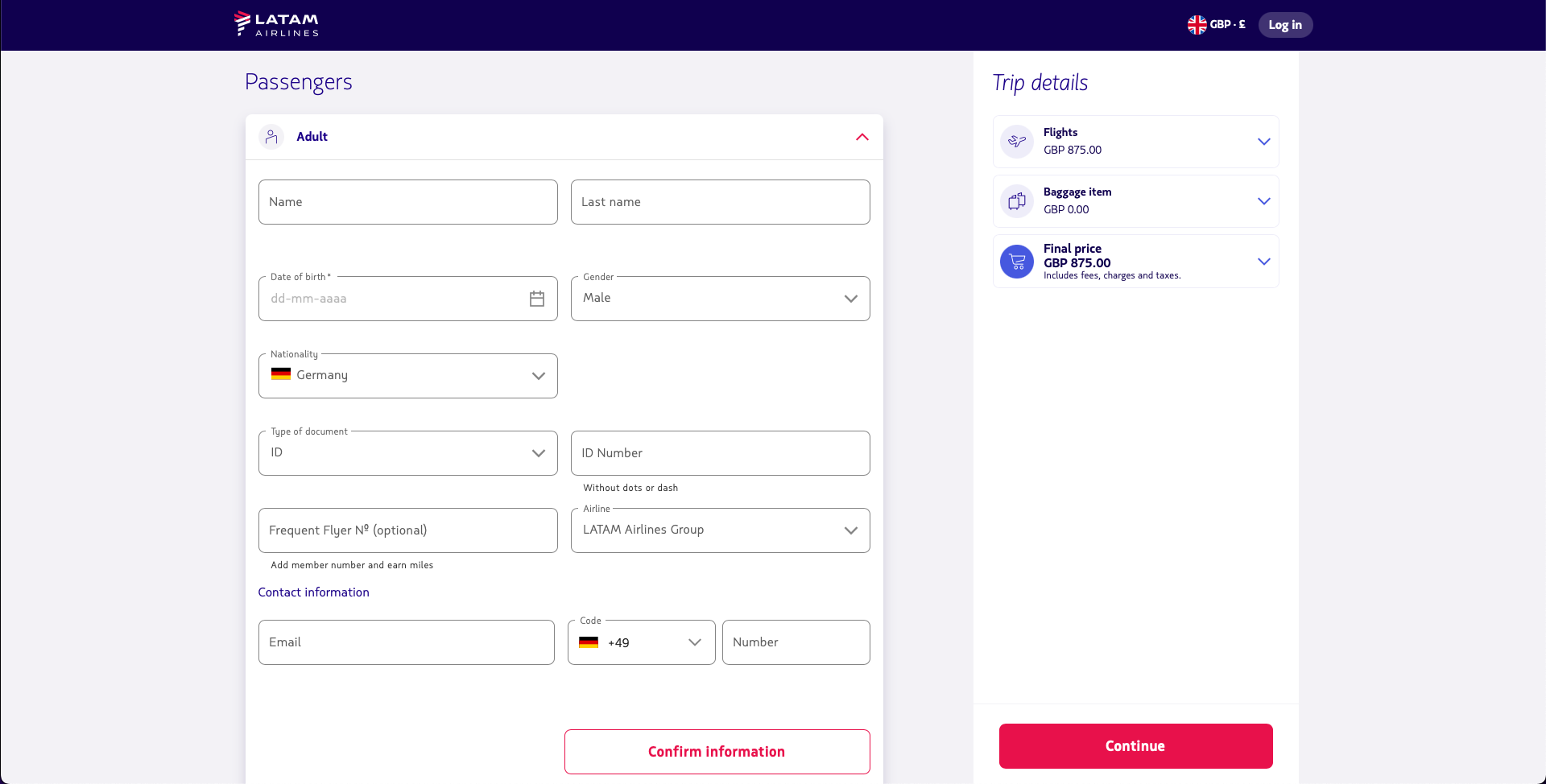
Mobile Designs
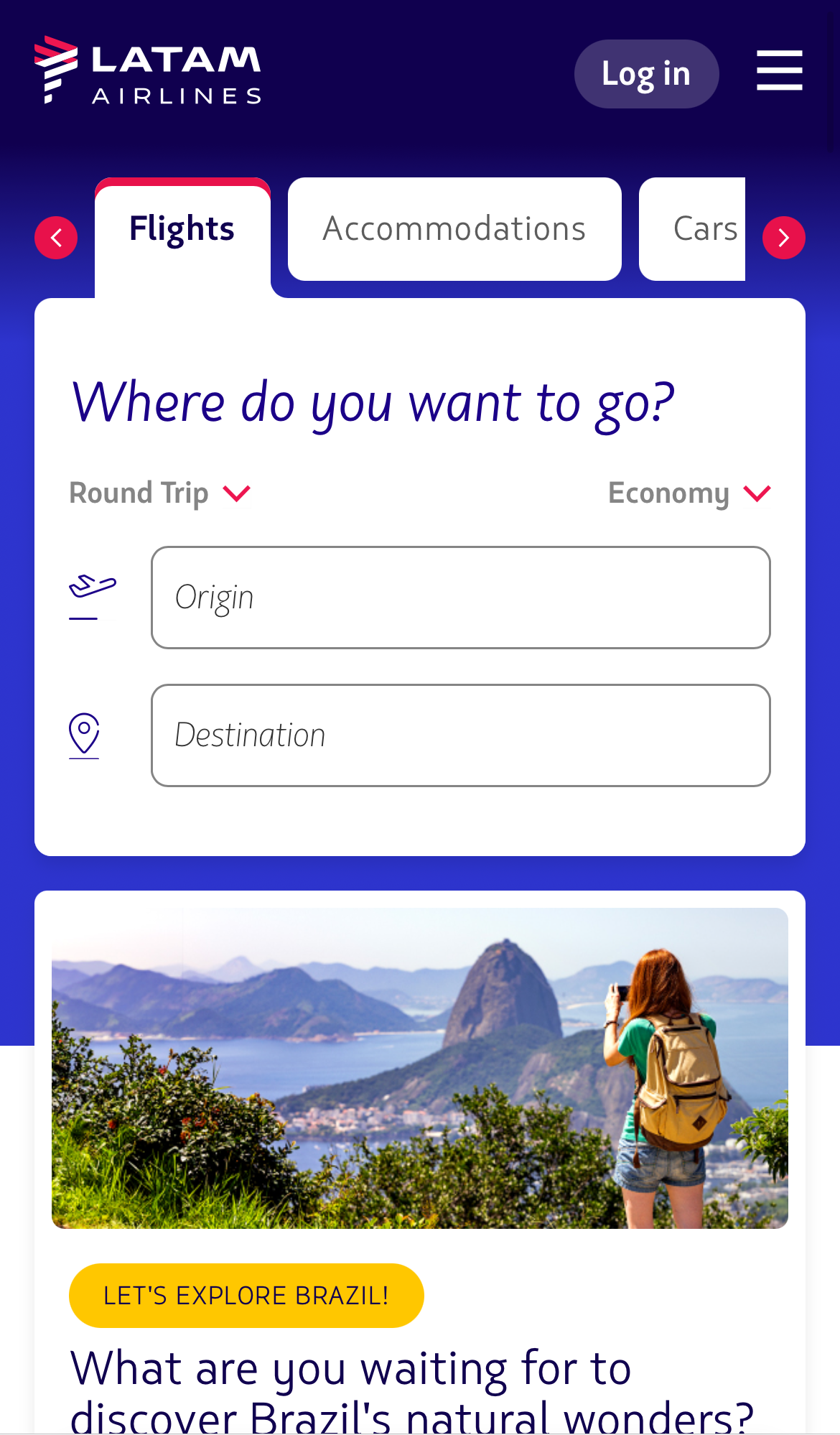
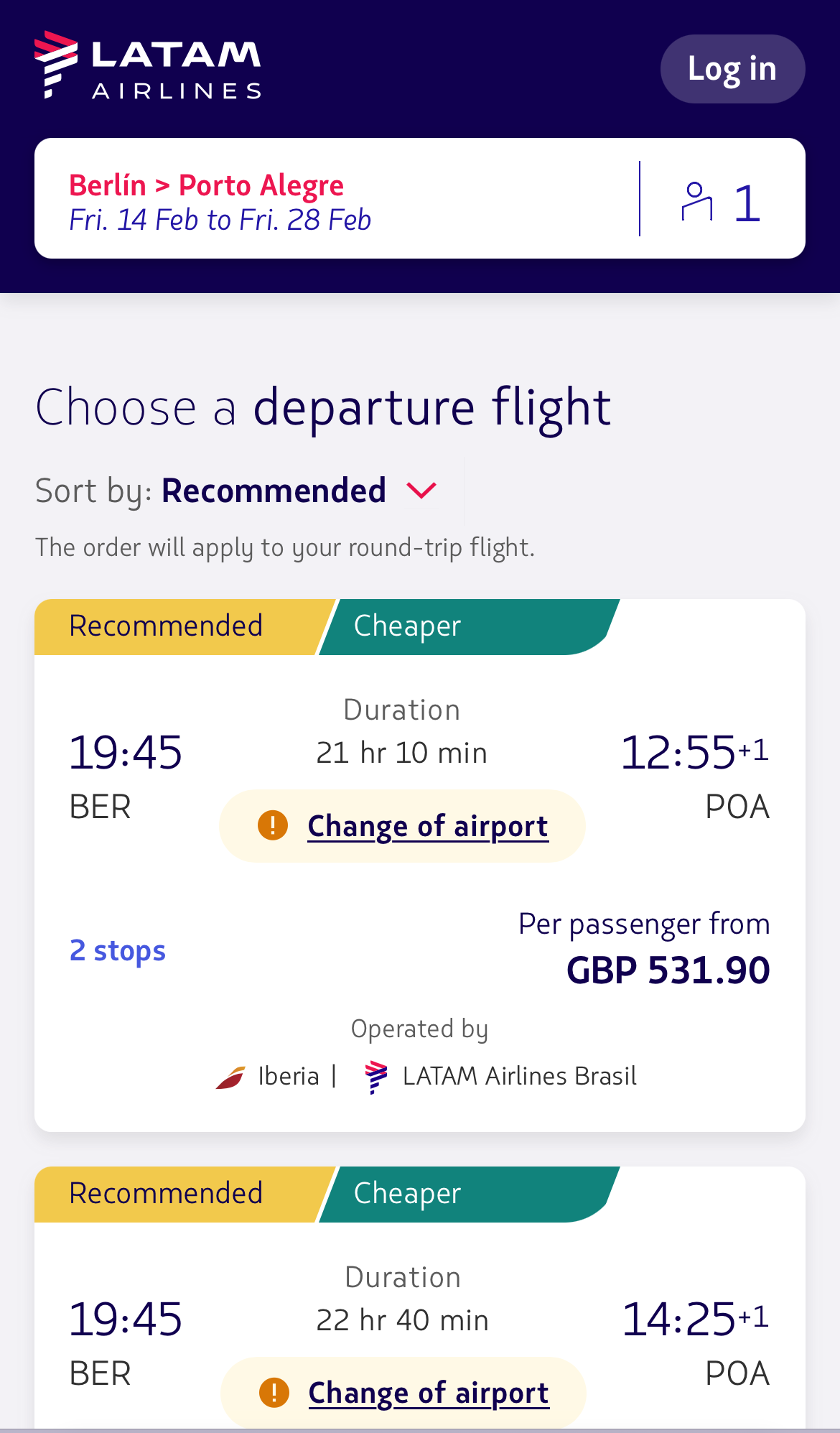
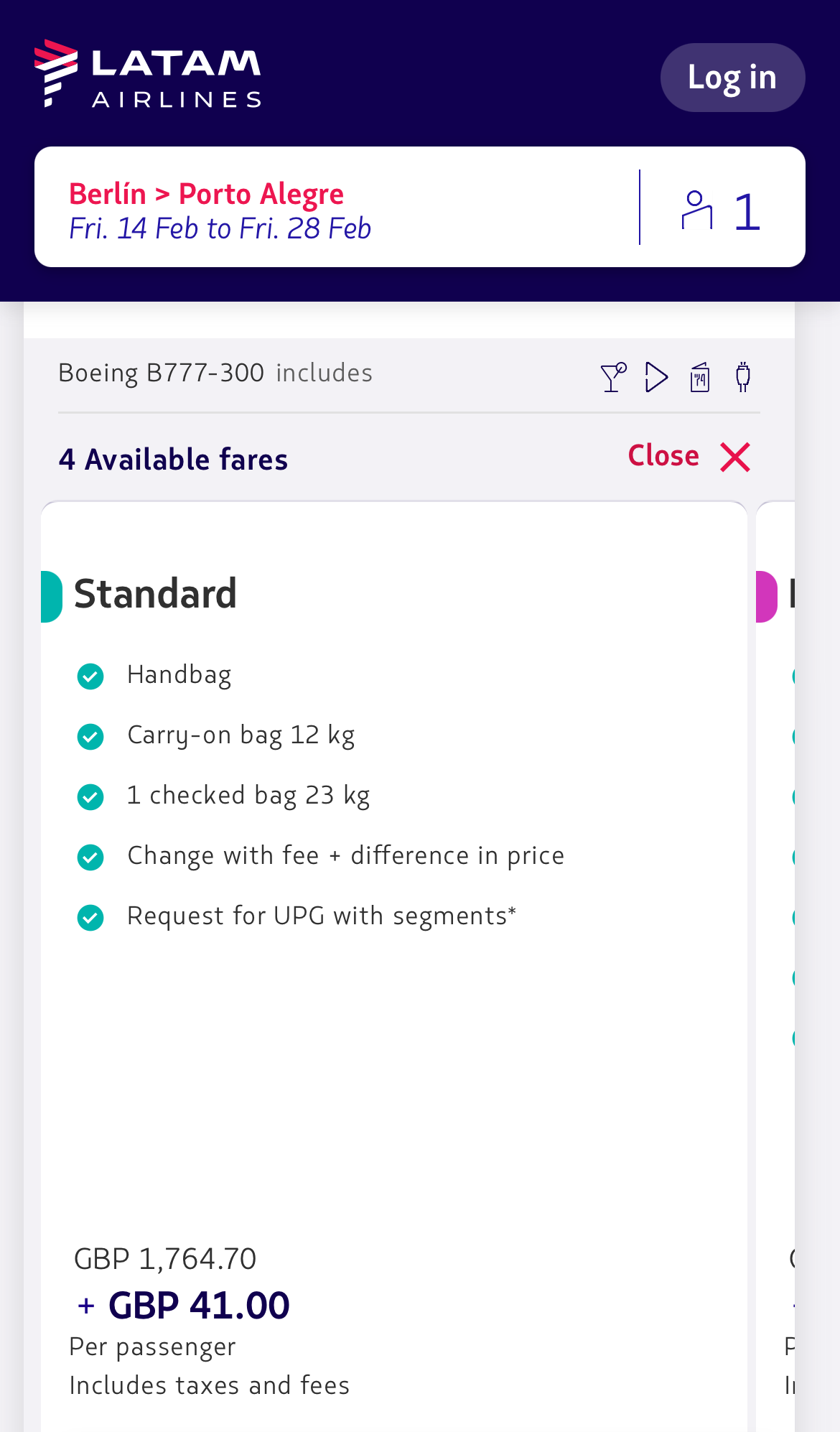

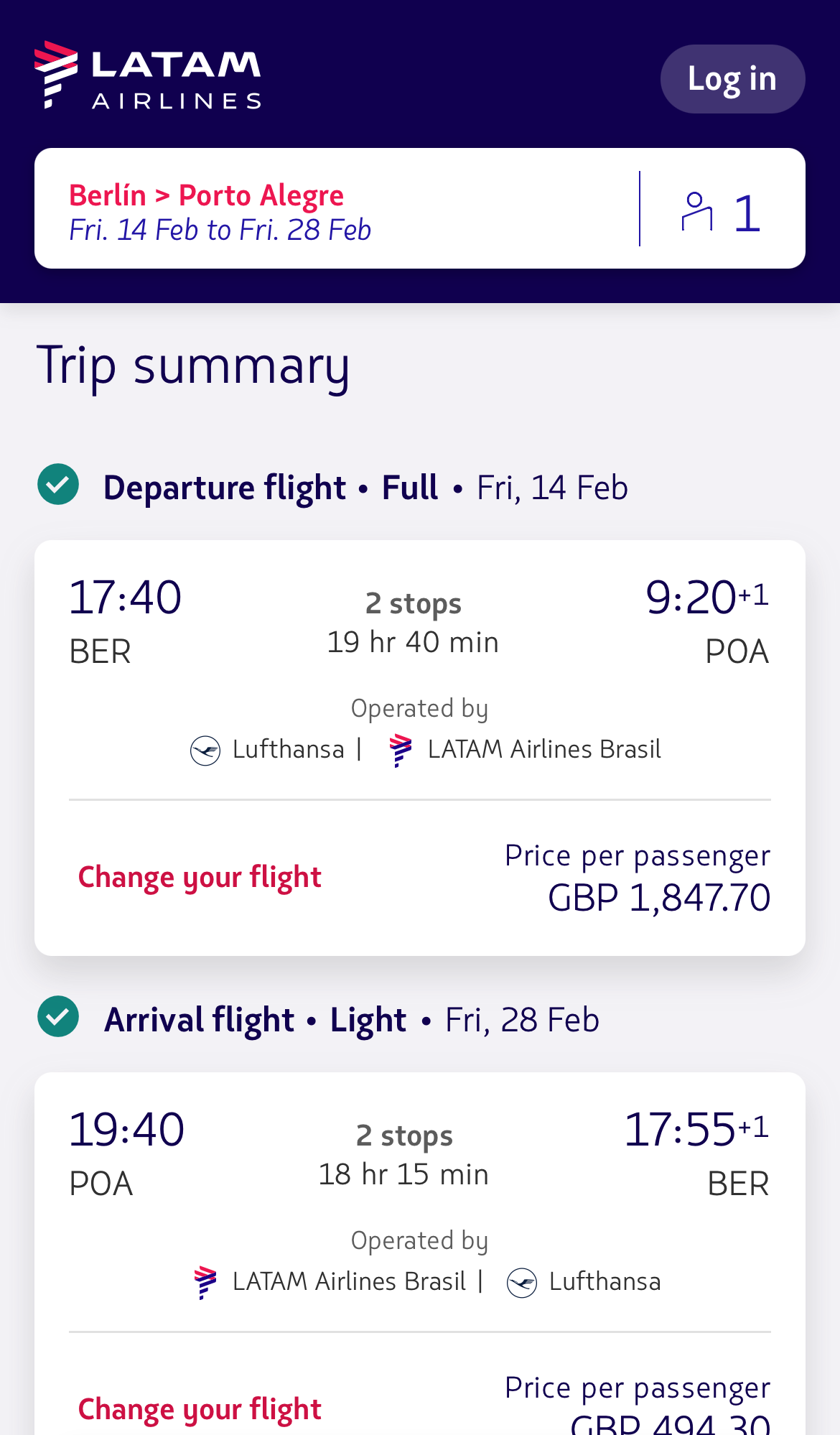
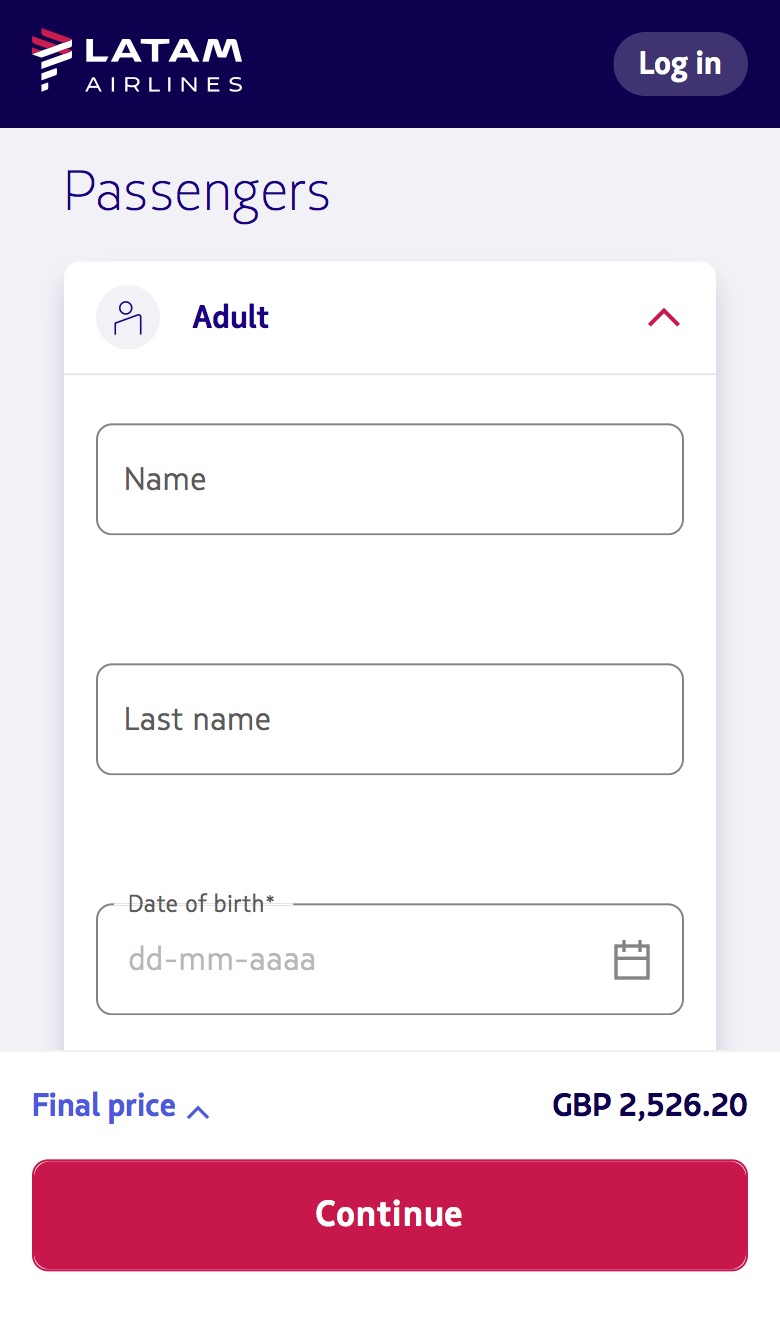
Results
The team has successfully delivered the shopping and booking flows on time, completing the full transition from Amadeus to Sabre and being able to still work on smaller improvements, capture usage metrics and make improvements after going to production.
Many of those improvements were small, country specific tweaks such as improving legibility for certain currencies, tailoring content according to regional dialects, etc..
Overall, the project was successful and LATAM Airlines decided to maintain their business relationship with Thoughtworks, which led to more project collaborations over the following years.
